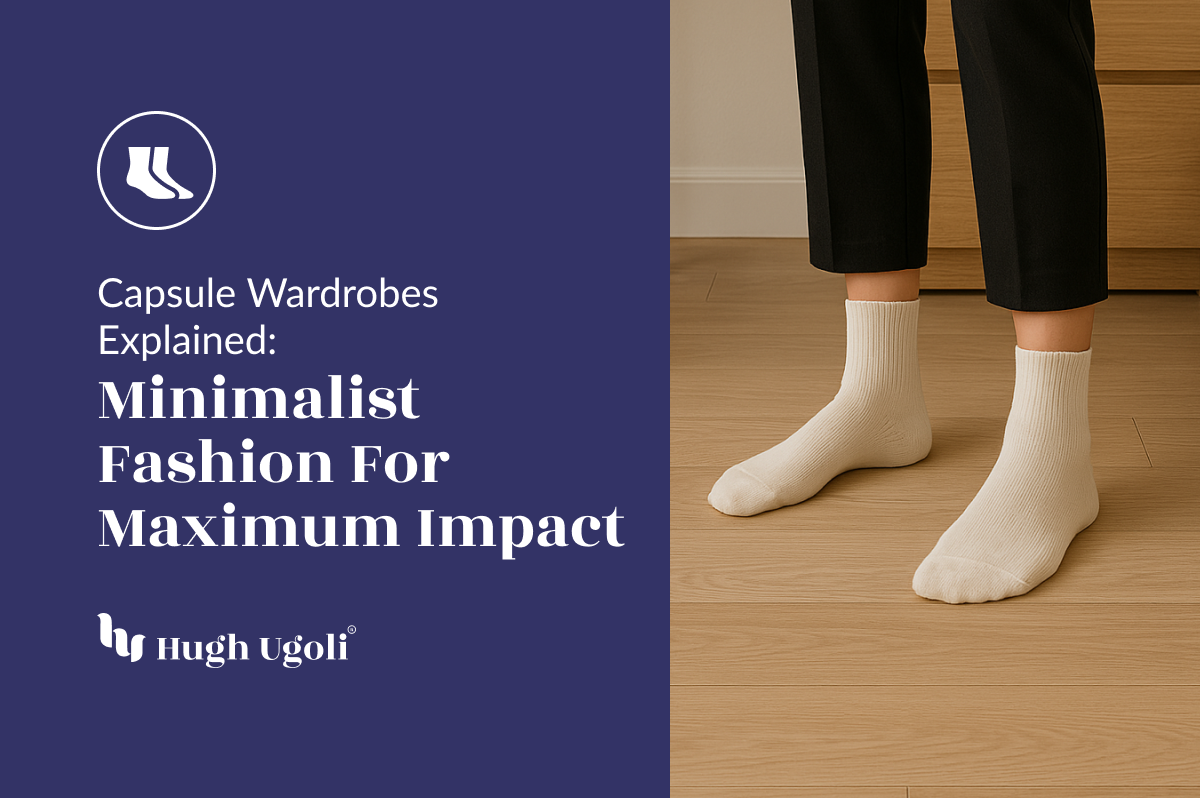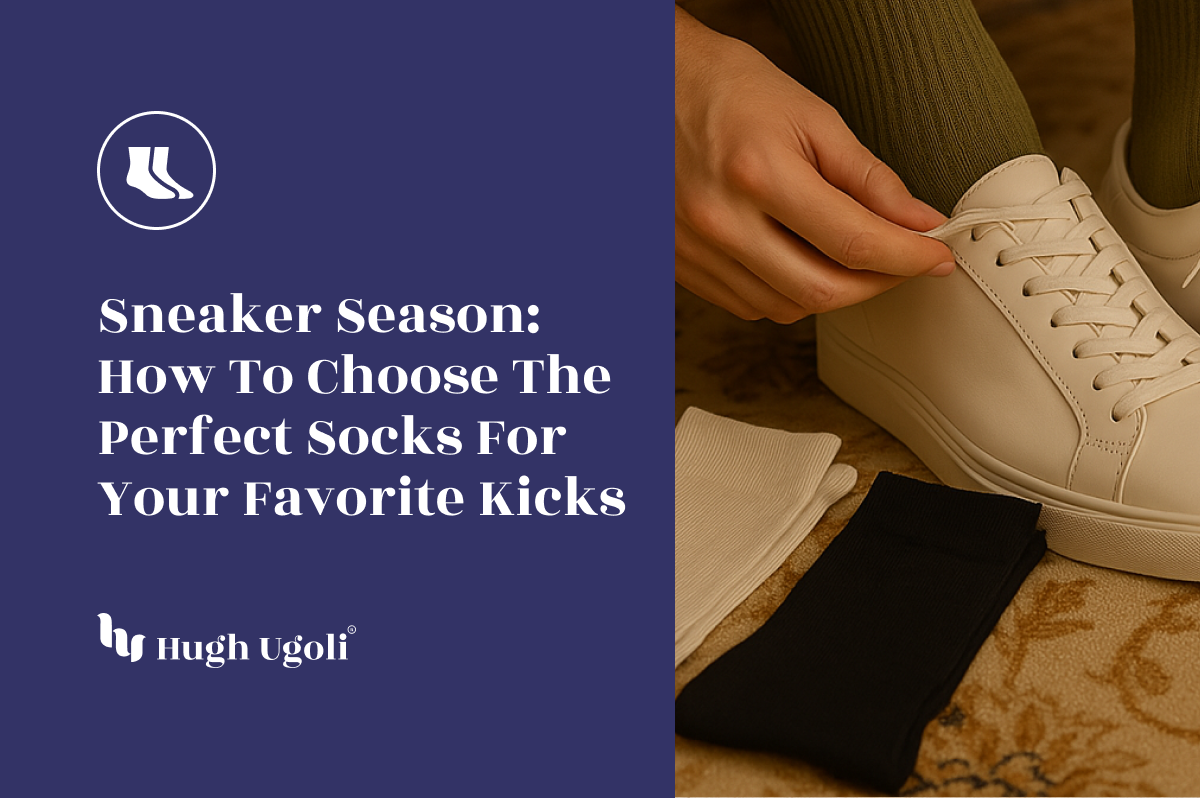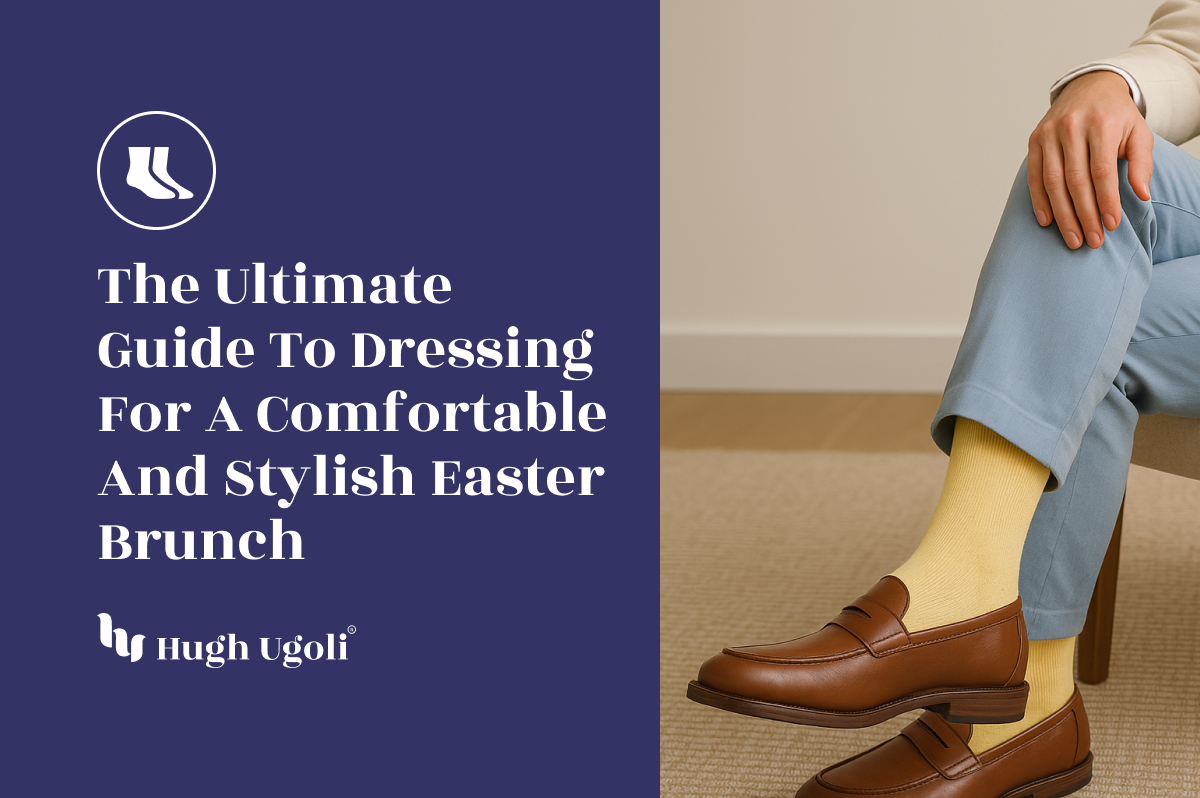For the fashion-forward woman who values comfort as much as style, diabetic socks for women are the perfect blend of functionality and elegance. If you've been struggling with sensitive skin, fret not, as we dive into the world of ladies' diabetic socks designed to pamper your delicate feet without compromising on trendiness.
Understanding the Importance of Diabetic Socks for Women
Women with sensitive skin struggle to find socks that don't irritate or cause discomfort. Diabetic socks for women are specifically designed to reduce pressure, prevent blistering, and minimize moisture accumulation. It makes them an excellent choice for those with diabetes or anyone looking for a more comfortable sock experience.
Not only do these socks provide comfort, but they also come in various styles to keep your feet healthy and fashionable. With diabetic socks, you no longer have to sacrifice style for comfort. These socks are a testament to the fact that health-related wearables can be functional and chic.
Let's explore what makes diabetic socks a must-have for every woman with sensitive skin. The gentle fabrics and seamless design ensure your feet are pampered all day, providing the ultimate blend of care and elegance.
Best Materials for Diabetic Socks
Regarding diabetic socks for women, the choice of material is paramount. Soft, breathable fabrics like bamboo, cotton blends, and moisture-wicking fibers are ideal as they help to keep the feet dry and reduce the risk of infection. These materials are gentle on the skin, reducing the possibility of irritation.
Additionally, many of these socks are made without seams, which can exacerbate foot problems by causing rubbing or blistering. The seamless design and stretchable fabrics accommodate swelling and improve circulation, making these socks a comfortable choice for all-day wear.
It's not just about comfort; it's about safeguarding your health without compromising your style. Here's what to look for in diabetic socks:
- Moisture-wicking material
- Seamless construction
- Stretchable fabric for a snug fit
- Non-binding tops to improve circulation
Choosing Socks for Elderly Women with Diabetes
As we age, our skin becomes more delicate and requires extra care. Older women with diabetes need socks that not only provide comfort but also offer additional support. The ideal diabetic sock for an older woman should have a non-elasticated cuff to prevent constriction and should be made from materials that maintain warmth while controlling moisture levels.
Furthermore, these socks should have a cushioned sole to protect against pressure sores, and a white sole can be beneficial in detecting any wounds or infections early. It's all about combining practicality with care to ensure the well-being of older women with diabetes.
Remember, the right pair of socks can significantly affect the daily comfort and foot health of an older diabetic woman.
Best Socks for Neuropathy
Neuropathy can cause feet to be extra sensitive, so choosing socks is crucial. Diabetic socks that are soft, well-fitted, and protective can significantly reduce discomfort for those with neuropathy. These socks should be made from materials that offer padding and minimize friction.
Moreover, to prevent aggravating any existing foot conditions, diabetic socks for neuropathy should have a minimal number of seams and a non-constrictive fit. It ensures that sensitive feet are not subjected to unnecessary pressure or irritation.
By choosing the right diabetic socks, women with neuropathy can enjoy comfort and style without worrying about their feet.
Diabetic Socks vs. Compression Socks
While diabetic socks offer comfort and reduce the risk of a foot injury, compression socks are engineered to provide graduated pressure to enhance blood circulation. It's essential to understand the difference to choose the right type of sock for your needs.
Diabetic socks are typically non-binding and feature a looser fit to improve circulation. In contrast, compression socks are snugglers that pressure the legs to prevent blood from pooling in the lower extremities.
It's not about one being better than the other; it's about what your feet need. For some, a combination of both types of socks might be the key to a comfortable and healthy lifestyle.
What material is best for diabetic socks?
The best materials, such as bamboo or cotton blends, are soft, breathable, and moisture-wicking.
What kind of socks should the elderly with diabetes wear?
They should wear socks with non-elasticated cuffs, cushioned soles, and preferably a white sole to detect any foot issues promptly.
What are the best socks to wear for neuropathy?
Look for diabetic socks with padding, minimal seams, and a non-constrictive fit to reduce discomfort and protect sensitive feet.
What is the difference between diabetic socks and compression socks?
Diabetic socks are designed for comfort and minimal pressure, while compression socks provide graduated pressure to improve blood flow.

















